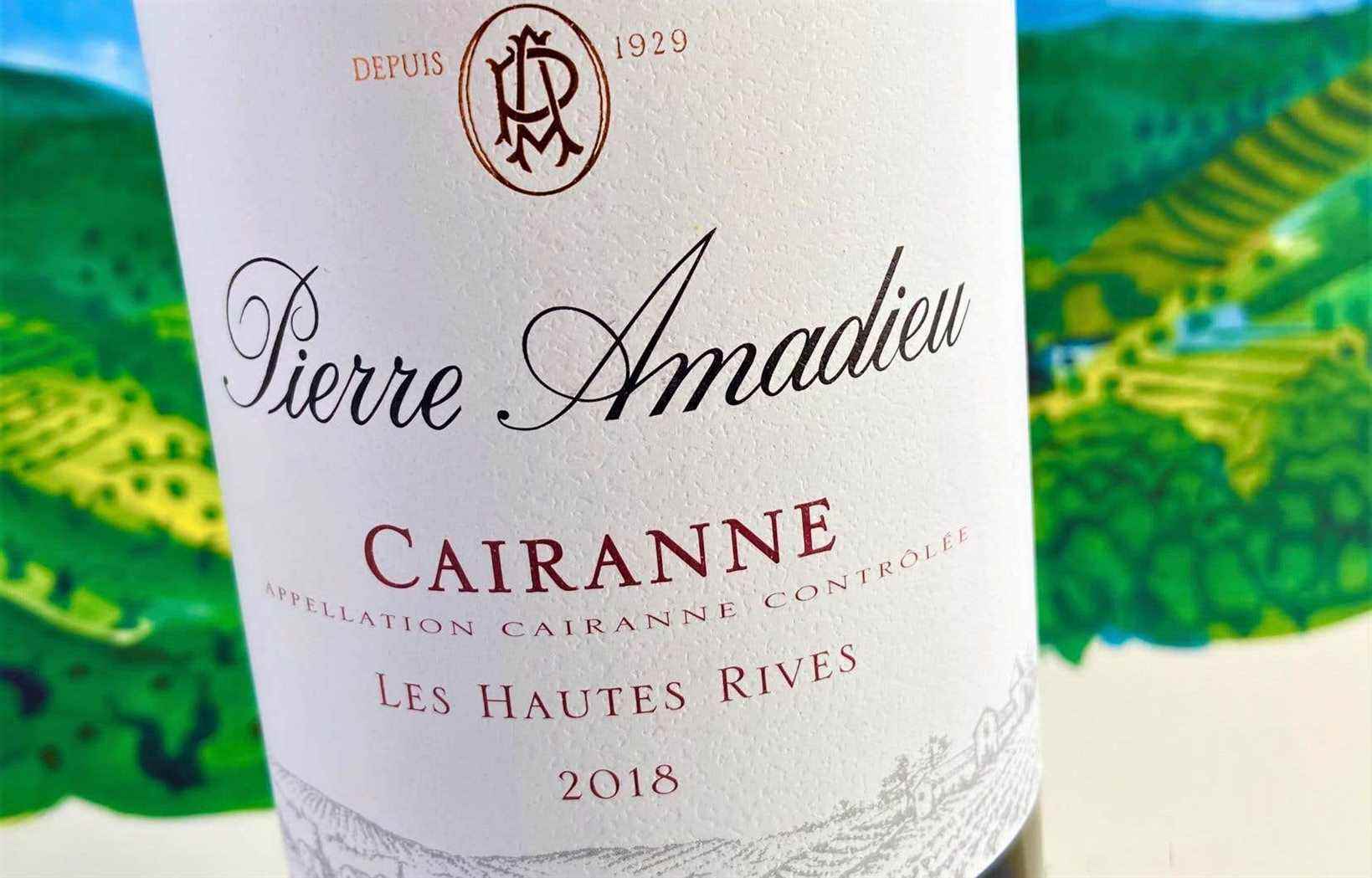Historically, Ukraine was known for its sweet wines (renowned for centuries in Crimea, annexed since 2014 by Russia), but also for its alcohols (including Vodka Khortytsa ($22.40 – 13572471 – ★★★, already mentioned here), wine being, without wanting to generalize, especially appreciated by women. More than 20 liters per inhabitant. Silvia, my own Ukrainian mother-in-law, has never been deprived of these bottles made from rkatsiteli, saperavi, fieltovy rami, golubuk, sukhomlinski and other olimpiiski harvested mainly along the Black Seas and Azov or around the ports of ‘Odessa and Kherson (where the reds excel).
But now, because of their absence at the SAQ, she has the impression of depriving herself of a small piece of territory, in this context where he himself is currently outrageously violated. To console her, I offered her a bordering Georgian wine macerated in an amphora (qvevri), either Tbilvino 2020 ($22.10 – 14139732 – (5) ★★ 1/2) made with rkatsiteli, a dry and light orange wine, finely tannic, with nuances of citrus/spice potpourri, not bad at all on its baklazhan mezhivo made from sweet and sour aubergines.
Fortunately, sweet wines are making more and more room for dry whites (especially in Transcarpathia, with more international grape varieties) within a production of around one million hectoliters (out of 45,000 hectares planted), mainly in wine and brandies, according to the International Organization of Vine and Wine.
As the average is around $6 a bottle of wine, artisan winegrowers are struggling to achieve the autonomy enjoyed only by 150 large, concentrated companies that — bribes oblige, as is often the case in the region — s grant both the pot, the wine and the export market.
We are all earthlings and we all share a territory. It unites us, defines us, circumscribes us. France has its French, Chile, its Chileans, Quebec, its Quebeckers, Egypt, its Egyptians and, of course, Ukraine, its Ukrainians. Geographically, culturally, historically, humanly, we name the territory just as much as it names us in turn. We ultimately become the territory.
The same goes for grape varieties. Some — Cabernet Sauvignon, Merlot Noir, Tempranillo, airén, ugni blancfor example — spreading over several territories, such as chardonnay, syrah, grenache noir and even sauvignon blanc.
Others are more finicky in terms of their adaptation, such as the capricious pinot noir, the irreducible chenin blanc or the royal riesling which, respectively, find their more specific niche in Burgundy, the Loire or Germany and Alsace. They move from territory to terroir to confine themselves to even more specific climates and localities.
Others, ultimately, merge so admirably with their immediate environment that they are neither more nor less than inseparable from it, such as the assyrtiko revealed by the volcanic ashes of the subsoil of the island of Santorini, in Greece.
The French appellations contrôlées also go in this direction, imposing grape varieties and precise specifications in order to enhance a specific terroir within a given territory. The Cairanne appellation, which became a cru in 2016 (against Vacqueyras in 1990 and Gigondas in 1971 for example) requires that the proportion of Grenache Noir be greater than or equal to 50% of the field grape varieties, itself supplemented mainly by Syrah and mourvedre. This is the case of Cairanne “The High Shores” 2018 of Pierre Amadieu ($22 – 13470651), with a surprisingly delicate and detailed profile, with fine and melted flavors, perfectly controlled. Burgundy lovers will detect both this kind of aromatic charm coupled with a subtle elegance in terms of textures and flavors. Poor man’s burgundy? Follow my gaze. (5)★★★ ©
Another little gem not to be missed is this Vacqueyras Wild Fruit 2019 from Clos de Caveau ($31.25 – 13750370). Here, Grenache and Syrah contract under a more obvious tension, redoubled in ardor, energy, controlled strength without harming the finesse of the tannins. We are certainly in this local wine, which precedes the strong personality of the grape varieties upstream while enriching downstream a singular signature, refined by its organic packaging. A racy cru, sold at the price of a regional red Burgundy. (5+) ★★★ 1/2 ©
